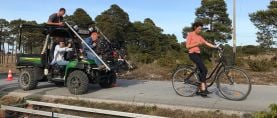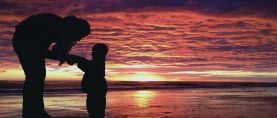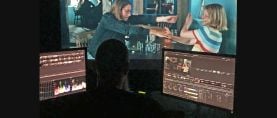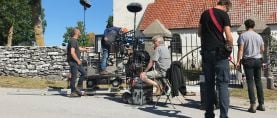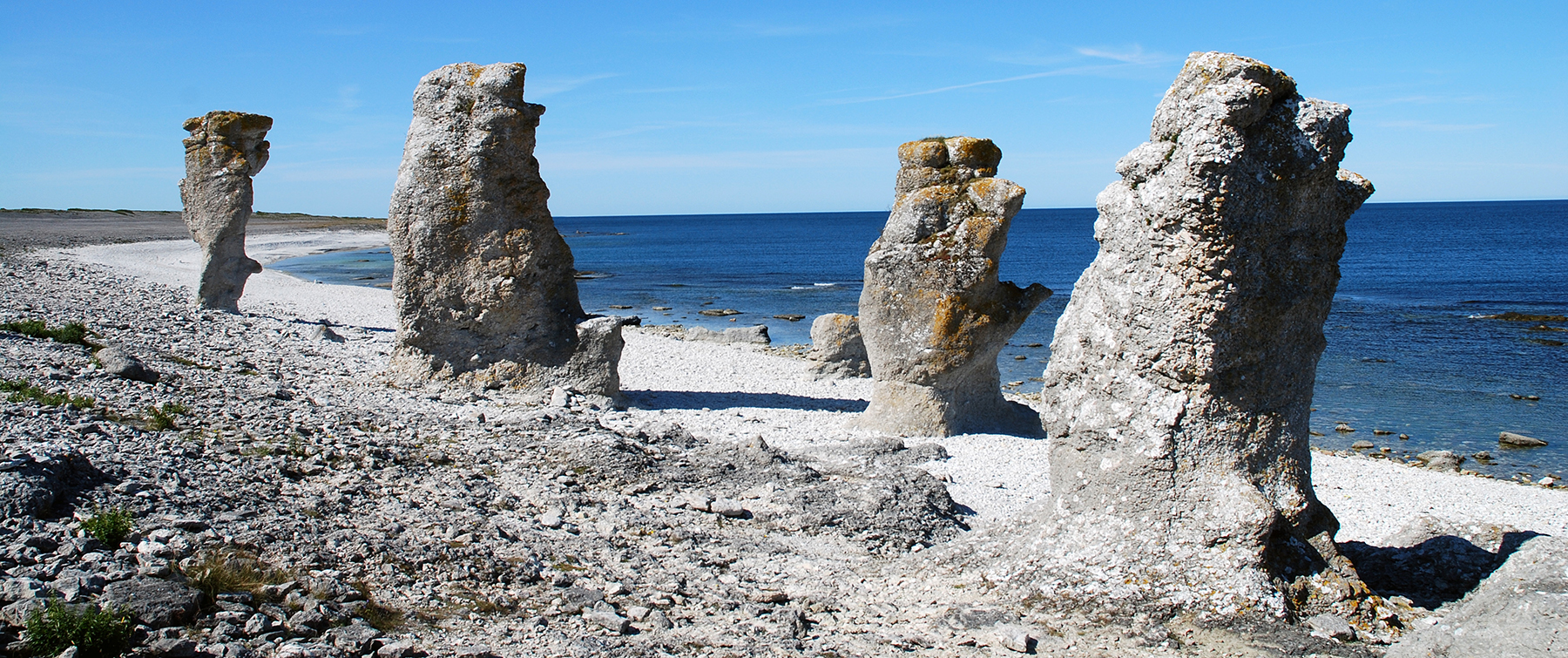
Bergman Island Journal — Part I
Denis Lenoir, ASC, AFC, ASK’s updates on the making of this unique feature project set on Fårö, the Swedish island where Ingmar Bergman shot four features, lived, died and is buried.
The cinematographer’s updates on the making of this unique feature project set on Fårö, the Swedish island where Ingmar Bergman shot four features, lived, died and is buried.
Production images courtesy of the author
Editor’s note: This production diary will unfold over the following days in multiple parts, while a more formal interview with the cinematographer can be found here.
Week Minus 3
Thursday, July 5, 2018, on the plane to Stockholm…
Leaving home for a little more than 11 weeks, once some kind of routine but not anymore, I guess it has been too long since the last time it happened. I checked in a bunch of things — equipment I am bringing for free as the production agreed on paying the extra luggage fee: my Easyrig, many filters, my Blue Handle set, a blue bounce, my meter case, some Bluetooth transmission devices and a huge bag full of my personal weather gear. And, also, not forgetting to mention my fly-fishing rods, reels and lines.
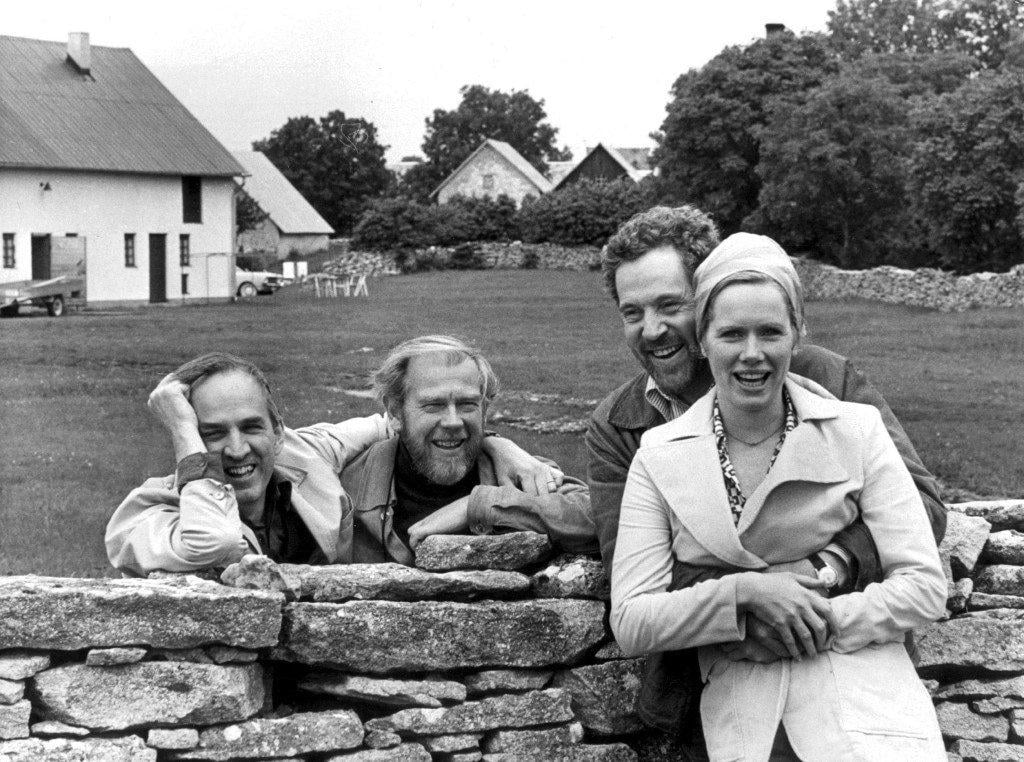
Bergman Island is the title of the film I am going there to shoot. Bergman Island because it all happens on Fårö, the island where Ingmar Bergman shot four features, lived, died and is buried, and also because it is the story of a couple of film directors, one of them invited to the Bergman Week and both of them also writing a film. The director of BI is Mia Hansen-Løve, a French director I have worked with twice, on Eden and Things to Come, and a friend.
Friday, July 6
A long day after a short night. After landing in Stockhom and while waiting for my connection to Visby, I took out my Sony a7R III camera and checked on the menu. The opening scene of the film is in the plane from Stockholm to Visby but we will film it on the ground in Visby and Mia wants a shot of the island prior landing with the sea in the background. I offered to shoot it myself with no crew, 100% convinced that no one will be able to see the difference between the hi-res image of my Sony and the terrible 35mm two-perf we are going to use all summer. But Mia has a strong prejudice against digital, so even though she accepted the idea of trying, a quick trip to Stockholm and back next week is already organized, which will allow me to re-do it, on film this time.
Actually, not a bad idea, as I tried to shoot it when getting close to Gotland (the main island that Fårö is only some kind of satellite of) I realized I was on the wrong side — it depends of course on the dominant wind, this time the plane circled and landed facing North — and the sun was hitting my window, making it quite a bit like a Soft FX filter.
It is now 9:00pm, in the little cabin in the woods where I’m gonna live for three months it feels like 7:00pm in LA. Gonna try not to go to bed too early…
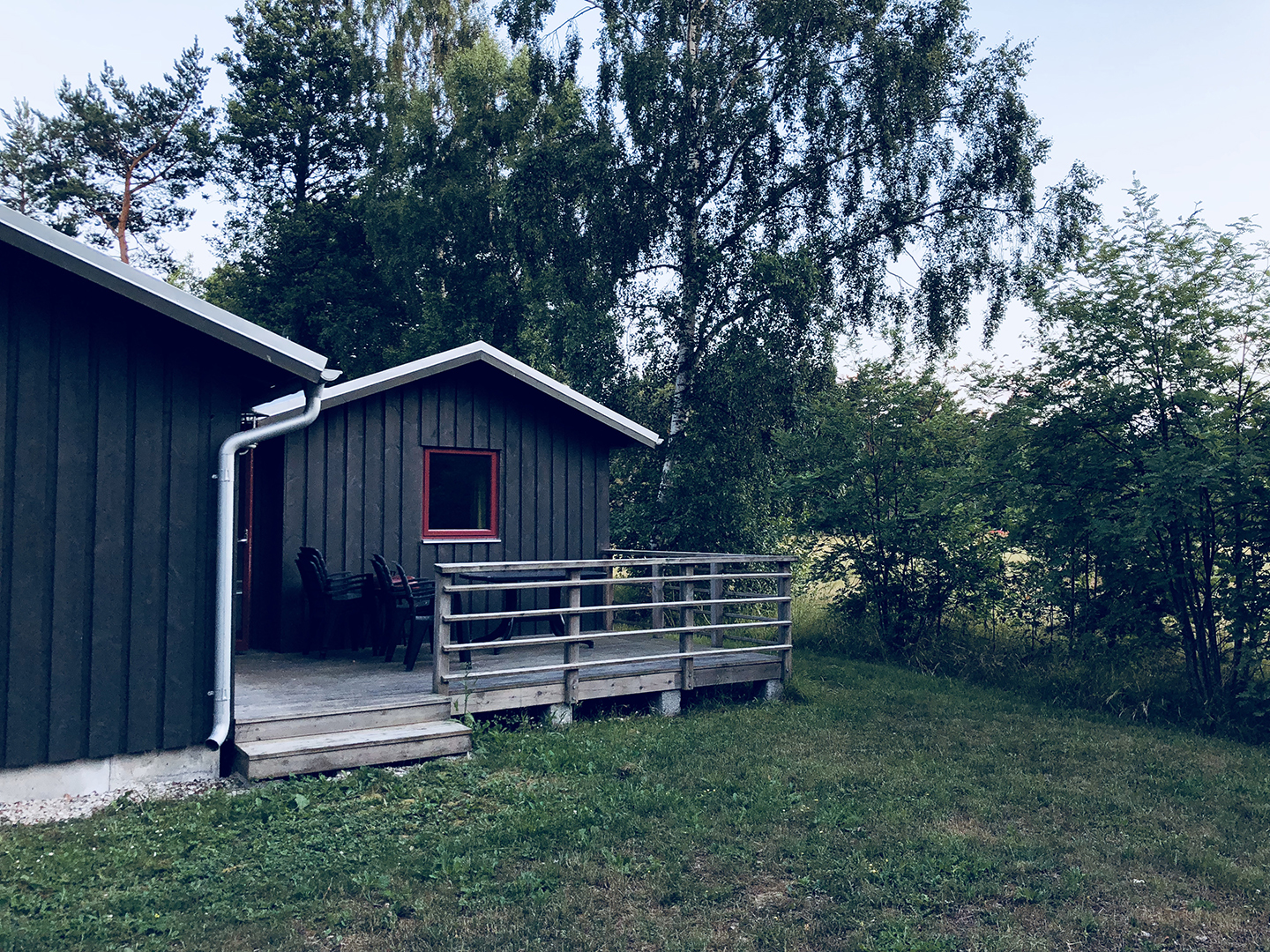
Saturday, July 7
First day of work, if not counting the week spent two years ago when the film was not even written yet, at the time it was more about exploring the island and finding with Mia the locations which would inspire her, nor the week spent last May when I came for Mia to show me some of her shot lists on the real locations. Just Marie, the first AD, Mia and me, and Mia showing me more of her shots, me looking at Sun Seeker on my iPhone and sharing with both of them what time of day would be best — not always obvious when we shoot one angle and its exact opposite, the backlight of a shot being the front light of its reverse — and the three of us discussing in which order we should shoot the 14 shots of the day. By the way, 14 sounds like not many, but we’re talking about 8-hour days with no extra time allowed, different locations, and many, many tracks.
Mia had been very clear, with the production as well as with me (and subsequently me very clear when interviewing the Belgian gaffers!): this will be a grip movie, not an electric one. After choosing to work with Dirk van Rampelberg (gaffer) and Temoudjine Janssens (key grip), I had some discussions with the production of the size of their crew. I ultimately got what I wanted, three and three (in all, i.e. including the keys), but the third electrician had been hard to get and ultimately it is probably because the equipment coming mostly from Germany (ah the delights of European co-productions) and coming up with a German grip and a German electrician and because the production in its wisdom not wanting to impose the gaffer to work only with an electrician he had not chosen that we got the other electrician, a Belgian one, brought by Dirk.
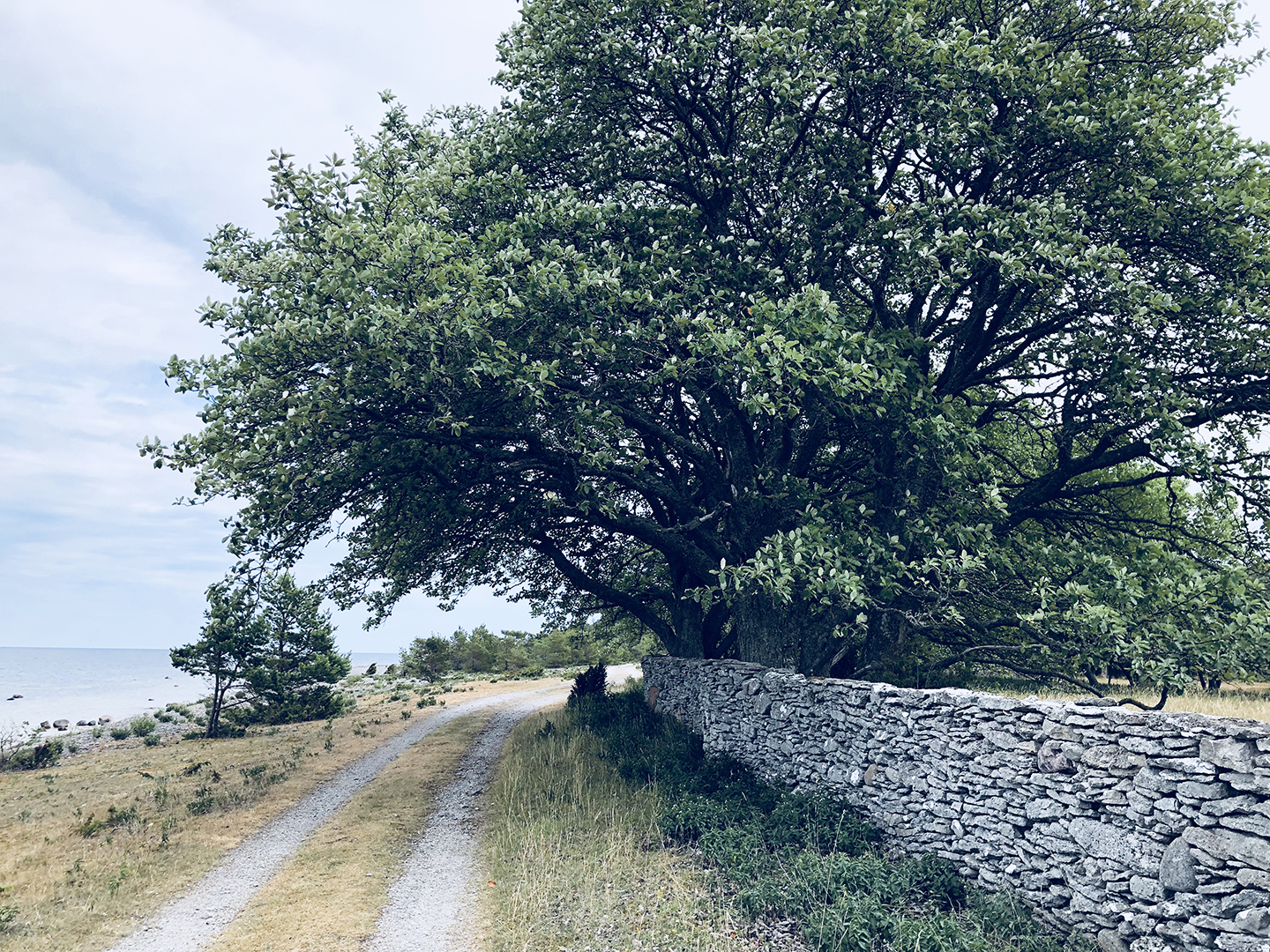
Therefore, we spent the day moving from location to location, Mia showing me the places where Temoudjine will have to lay tracks, and me adding sometimes and only when it was possible another level of finesse to her always great looking locations and very sensible virtual tracks. Done at five, I borrowed Marie’s car — I don’t have one (yet?) — and drove back to Gotland Island to do some grocery shopping. After that we had a very civilized dinner on Marie’s cabin deck, barbecue meats I had bought (the French seem to have finally adopted the custom of barbecuing in season, something they had totally ignored for at least 1,000 years; I’m guessing they used to do it when Gallics), salads, cantaloupe and somewhat strangely but actually very pleasing white instead of red wine.
Sunday, July 8
After some research, it seems the idea (and the word) of barbecue comes from 16th-century West Indies, borrowed — the cooking technique — and named — from their word barabicu — from Arawak Indians. Subsequently, the French had not forgotten their taste for outdoor grilled meat; they just never had it. Even more amazing is that in 2005 Weber opened its French branch of barbecue school. Ah, the Internet.
On a more professional side, I got an email from Tobias, the German first AC, that, after interviewing a few candidates, he had picked Charlie Speeckaert as second AC. Because she is the daughter of Glynn Speekaert, ASC — a dear friend — I happened to know her and like her; I am very happy to get her in my team.
I spent some time this morning on the cabin deck spraying horrible chemicals on my walking shoes, socks and bottom legs of a pair of pants, this should keep the ticks away from my skin and prevent me from catching horrible disease.
As writing these lines inside the film office cabin, a five-minute walk from mine, as I don’t have any Internet “yet,” as told Pierre the line producer on our brief phone chat, someone knocked on the door, Michael, the Swedish production designer. I knew about him since Tuesday when encountering Robin Sheldon, head of Artistry, the agency which represents me, she told me they had just signed him on this very same film as he is one of her clients. And as, I need to add, Yvonne, the former production designer we had, walked out of the film during the 24 hours it was pushed to next year. But more on that story later. Michael and I had a quick chat, nothing serious, just the time to mention practicals and window treatments and for him to mention that since the digital revolution it is the art department now who is lighting the sets (!). Not completely untrue.
Continued here in Part II.
Lenoir was recently interviewed by AC for his work in the HBO drama The Tale.

